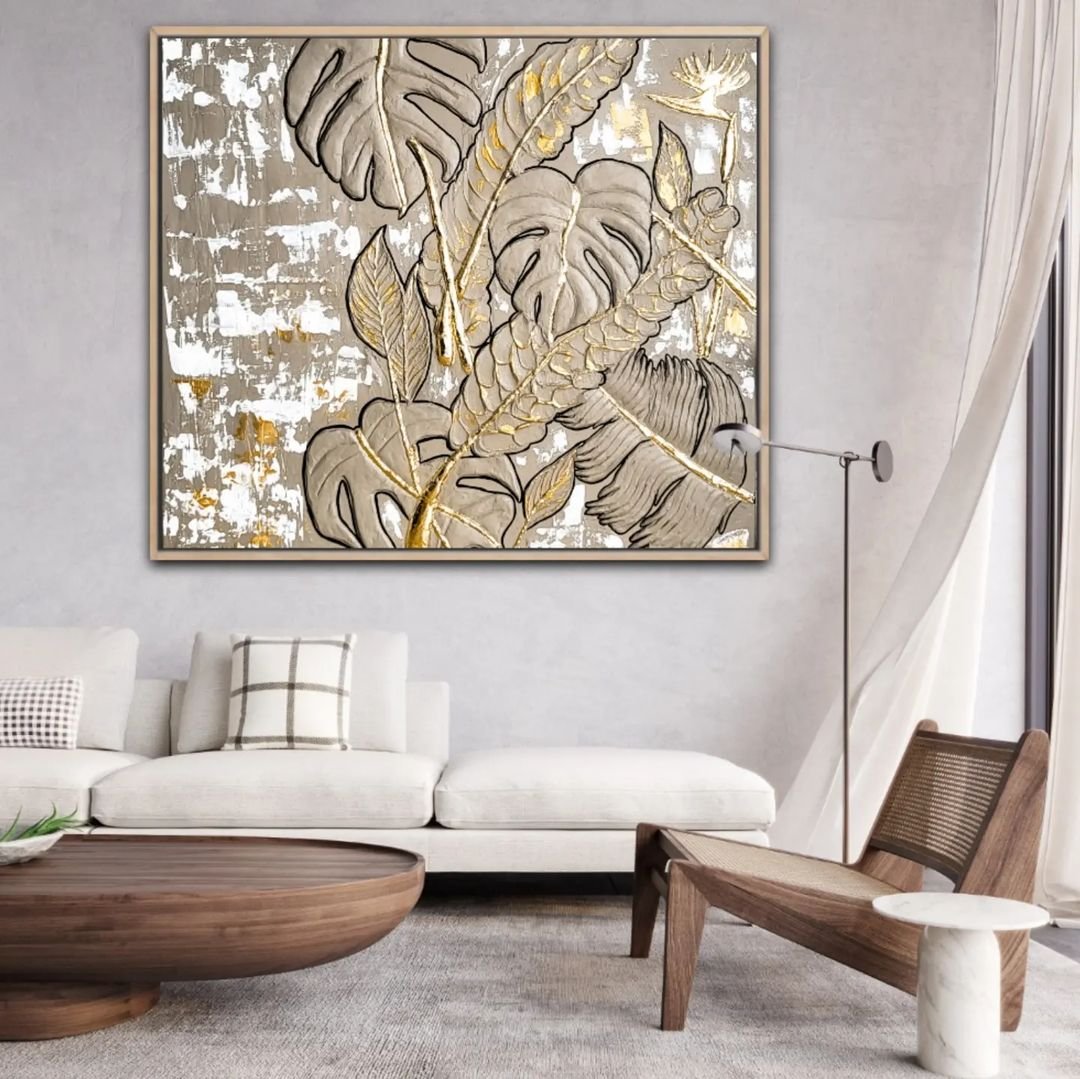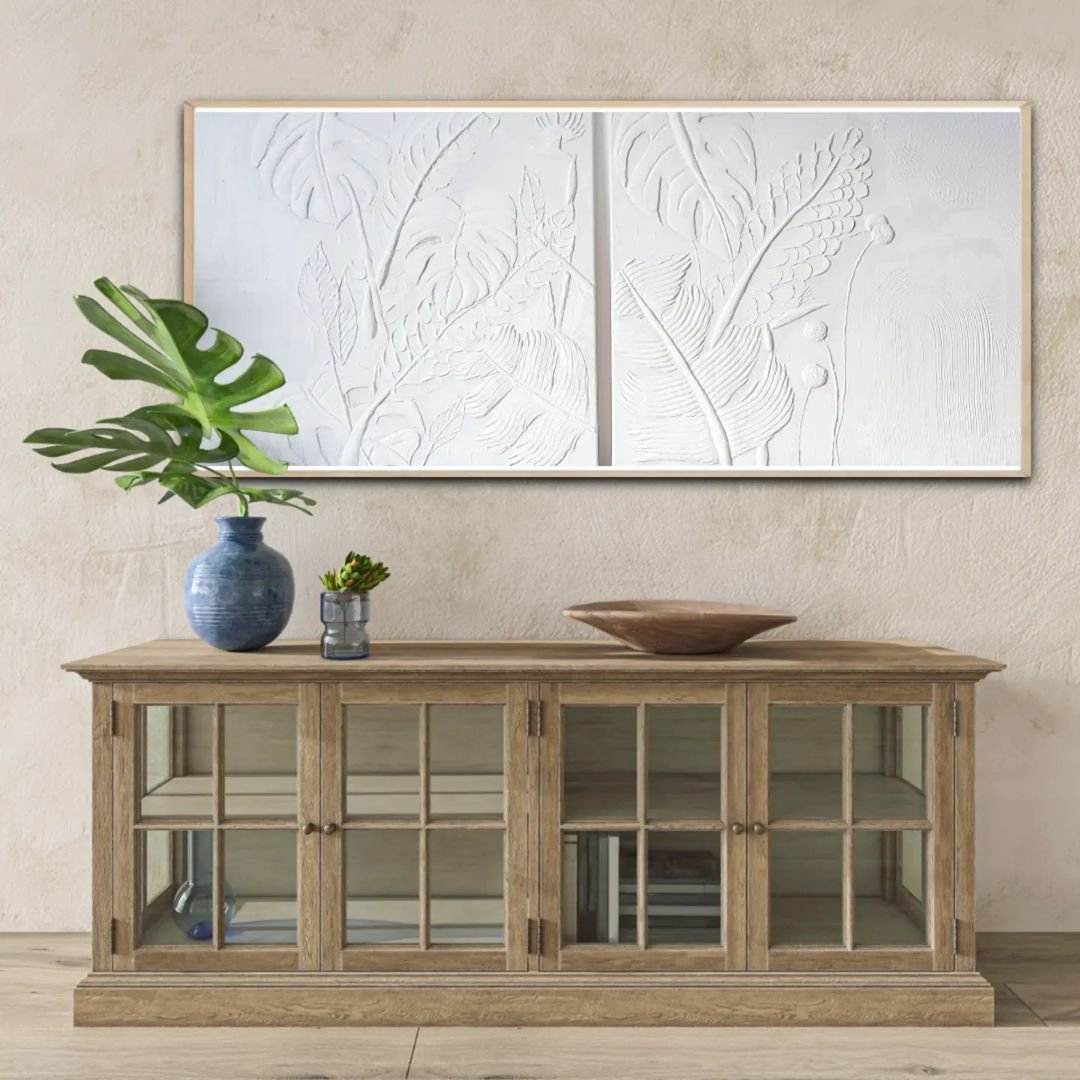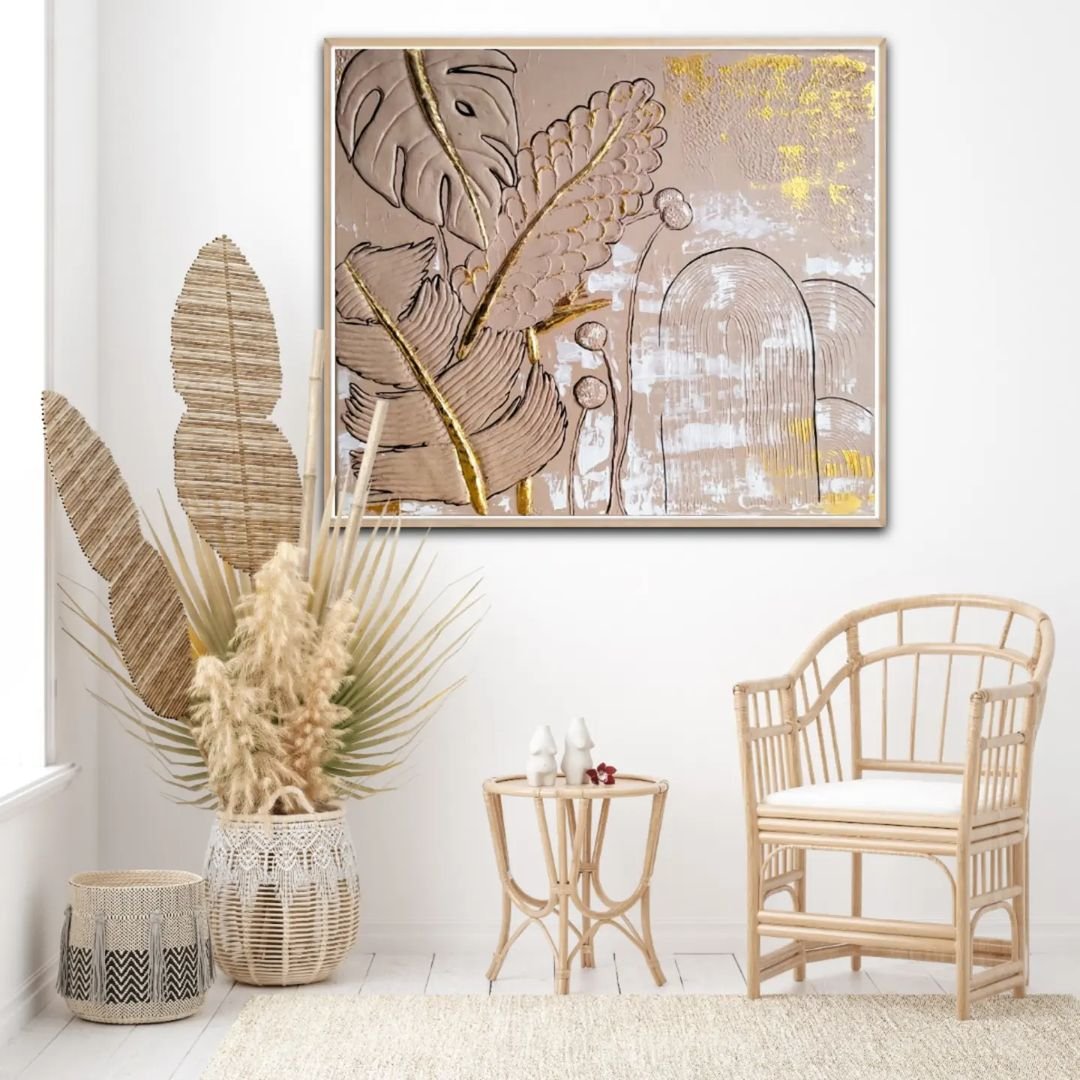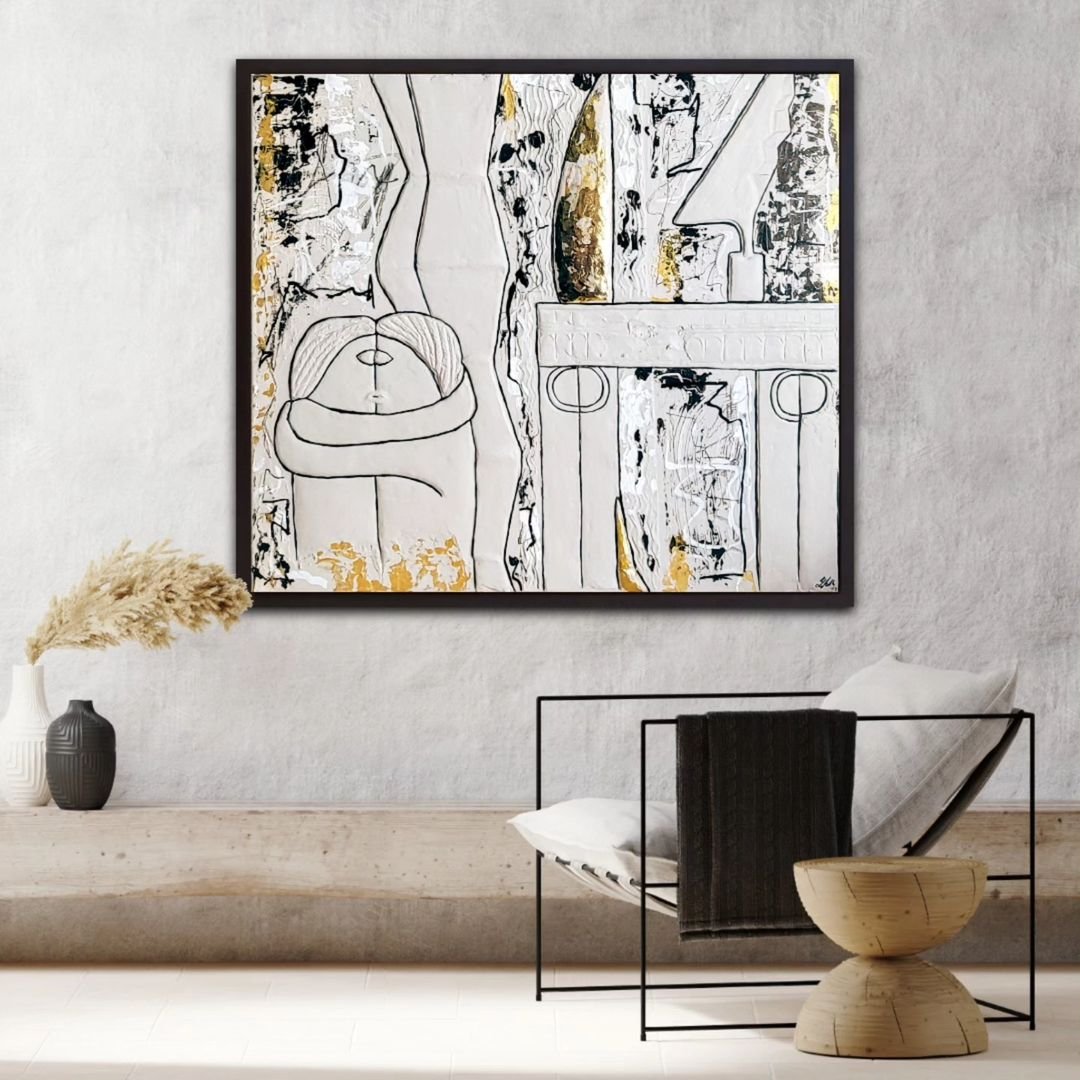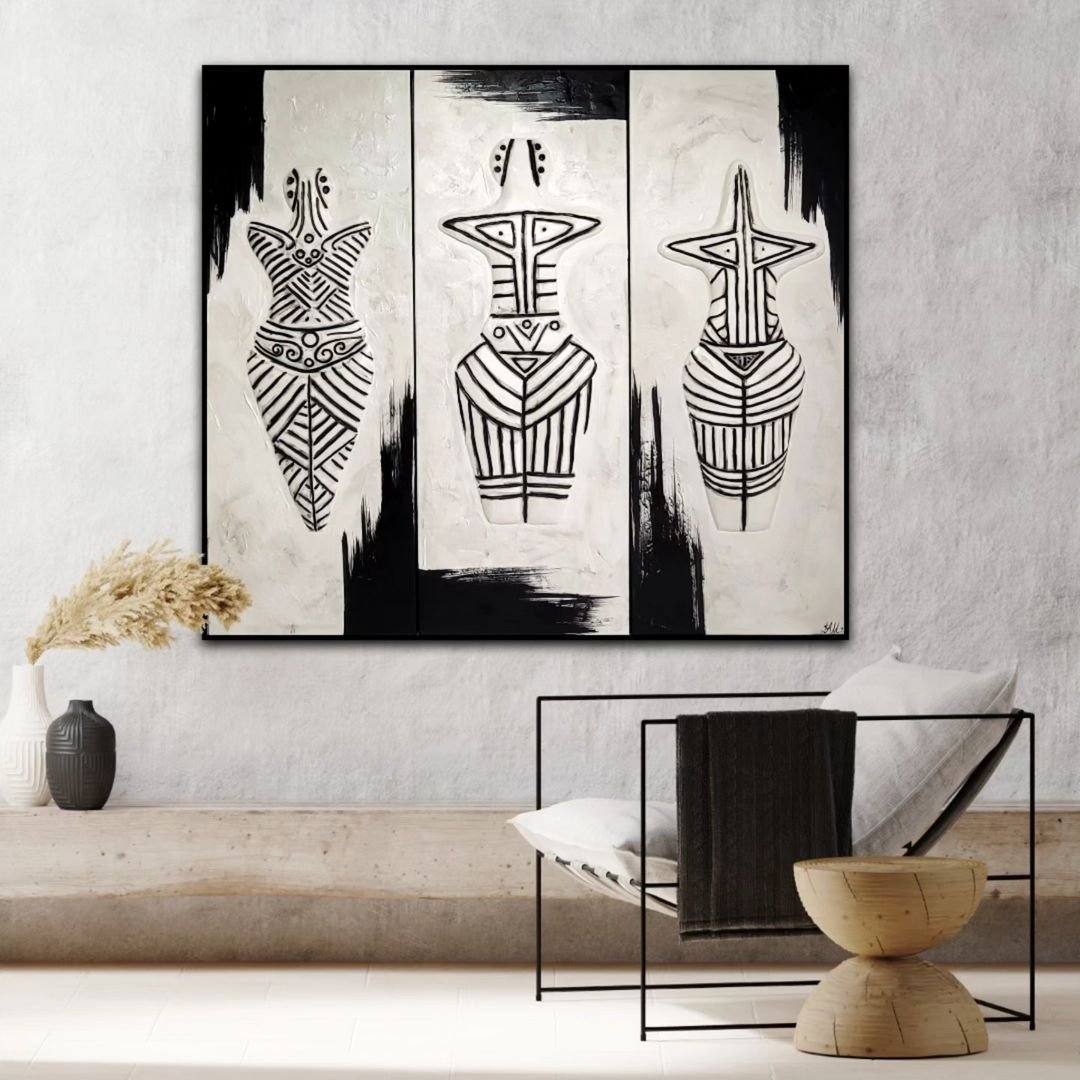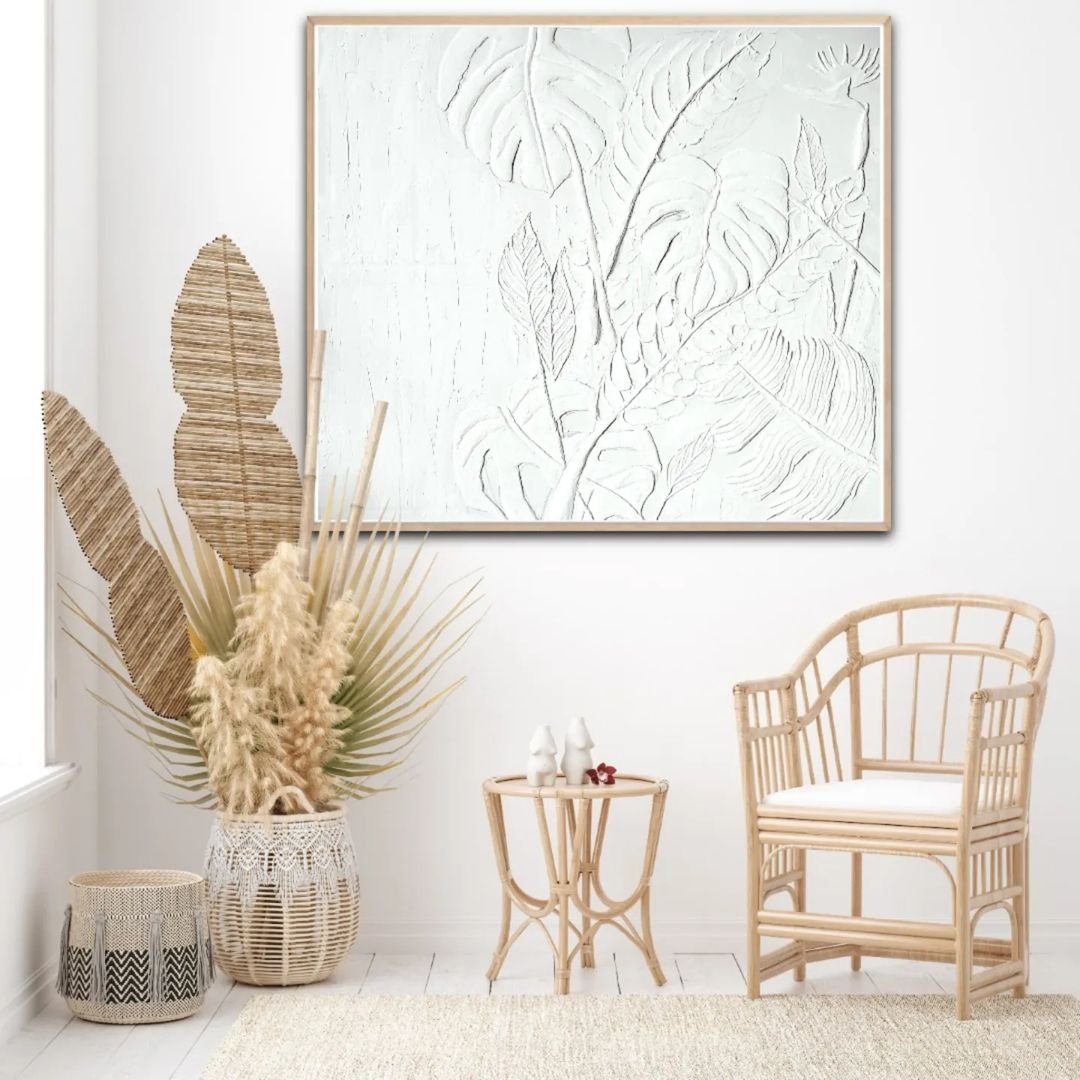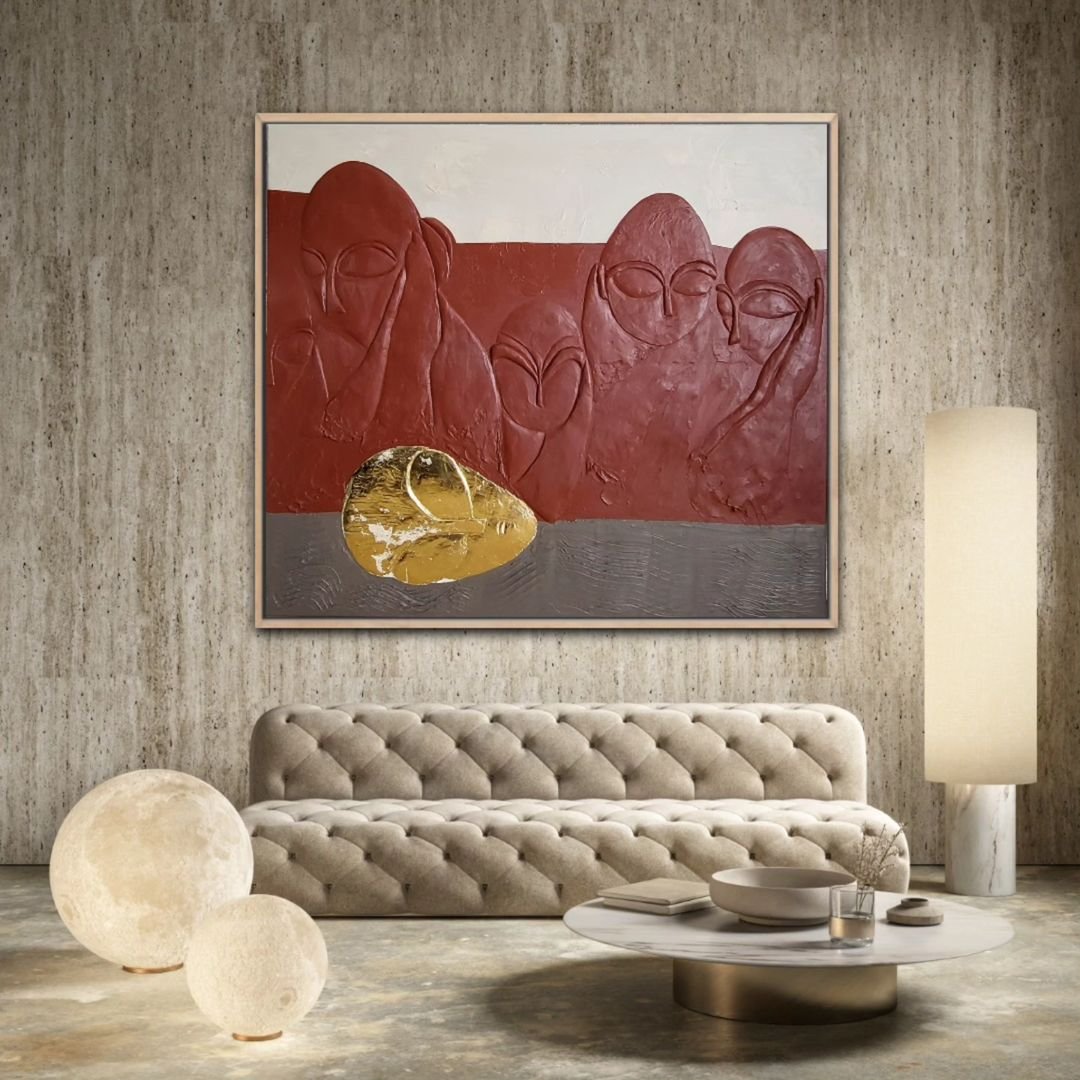Artist in conversation: Ana-Maria Gaburoi
Ana-Maria Gaburoi is an enthusiastic individual who thrives on challenges and embraces the journey of self-taught artistry. Every stroke of her brush is filled with determination and a desire for growth. With each completed artwork, she experiences the ultimate sense of fulfillment and accomplishment. Charcoal holds a special place in Ana-Maria's heart, as it beautifully captures the essence of elegance in her creations. The finesse and depth that charcoal brings to her artwork is truly captivating. But that's not all, Ana-Maria Gaburoi also explores the boundless possibilities of watercolors, reveling in her versatility and ability to bring life to her illustrations. She skillfully harnesses the medium's fluidity to create mesmerizing masterpieces. Adding a touch of texture to her repertoire, she ventures into the world of Plaster of Paris. Through this medium, she expertly crafts stunning effects, subtly enriching her artwork with a tactile dimension.
Instagram | Facebook | LinkedIn | Website
What initially inspired you to become an artist, and how did you develop your unique style?
At a young age, my mother took me to piano lessons because I have a love for piano music, which led to my journey to becoming an artist. I was not very good at playing this instrument, and after a short time I realized that I would always love to hear this music. My natural talent was truly discovered in the art class next door. I took a long break from art, but I managed to reconnect with my passion during the pandemic. I have always believed that I was missing something in my life, that I was missing my purpose. I’ve always been fond of unique garments, and one day I had the idea to start painting my clothes, and the rest is history.
In terms of subject matter, what themes or motifs do you frequently explore in your work, and what draws you to these topics?
In my work, I am inspired by my heritage because I believe it provides abundant ways to reinterpret beauty, power, and feelings in general. The human condition, with its complexities, differences, and torments, is the motif that inspires me the most. Fertility Goddesses Neolithic is a perfect illustration of women’s empowerment, from a time when society was matriarchal. The inspiration for this artwork comes from the Cucuteni–Trypillia culture, which lived around 7000 years ago, covering our day countries like Romania, Ukraine, and Moldavia, and as a Romanian myself I felt the immediate connection to my ancestors and created this piece.
As a self-taught artist, you mentioned that challenges are particularly rewarding for you. Can you elaborate on some of the specific challenges you have encountered while honing your craft, and how they have shaped your artistic journey?
At this point in my life, I’m juggling a full-time job, university, and art, making the whole process of creation a challenge. As a self-taught artist, I must dedicate a significant amount of time to studying, observing, and practicing until I am satisfied with the final artwork. The bas-relief technique is one of my most recent challenges, especially as I lacked all the knowledge and skills required to work with this unique medium. I have ruined a great amount of Plaster of Paris until I have started to “feel” the right texture, but the whole process has taught me to have patience and not rush the process, and it made me more attentive and braver. It’s rewarding when the product of my imagination gets materialized.
You do prefer to work with charcoal, watercolors, and Plaster of Paris. Could you share more about what attracts you to each of these mediums and how their unique qualities contribute to the overall aesthetic and message of your artworks?
My first contact with charcoal was when I was tasked with reproducing a picture of a Lord. Despite its messiness, it’s a valuable medium that has a certain elegance and power. I love to use it especially for portraits that have unique details like decorations because I love the contrasts created, especially when using vintage pictures as a reference. When it comes to watercolors, I am fond of their ability to create shapes and dimensions with ease. These characteristics enable me to experiment more and emphasize the focus points of my artworks in a delicate manner. On the other hand, my love for Plaster of Paris emerged because of the beautiful Rococo ceilings, the delicacy, details, and elegance emanating. This material allows you to create rigid shapes but with a sense of softness of the surfaces.
Can you discuss a specific piece or project that challenged you as an artist, and how you overcome those challenges?
As we talk, I’m working on a new bas-relief piece, one of my biggest and most complex pieces to date. The painting is composed of four pieces, each representing Greek gods and angels, with the aim of capturing men’s suppressed emotions. This piece has challenged me emotionally and psychologically, physically in my attempt to capture the emotions on the god’s faces. Sometimes I must take a step back to see the progress and to appreciate it with fresh eyes. I overcome my challenges by listening to my body and mind and without overdoing things as from my past experiences I am more destructive towards the artwork than creative.
How do you stay connected with other artists and keep up with new developments and trends in the art world?
I am following a couple of artists on social media who inspire me with their work. As a self-taught artist it is important for me to keep up with my research using all the tools that I can such as art platforms, videos, books and to apply or adapt what I’m learning to my own style. I am quite introverted, which makes me a better observer instead of a disciple asking aloud.
How do you incorporate feedback from critics and audiences into your artistic practice, and how do you balance this feedback with your own artistic intuition?
In my opinion, feedback should be constructive and provide a new perspective on the artwork, technique, and composition. An artist requires a certain level of maturity to accept and embrace criticism because we are subjective about our work. The emotions, time and frustrations that are part of the creative process can make us very protective and keep us from looking at the big picture.
How do you feel about exhibiting your artworks with The Holy Art Gallery?
Exhibiting my artworks at The Holy Art Gallery was a great experience. The curators took great care in mounting my paintings, and the gallery staff was helpful in providing all the information needed. Meeting some of the artists and sharing some impressions was a pleasure for me. Overall, I had a fantastic time and I want to express my gratitude to you.
Looking ahead, what are your long-term goals and aspirations as an artist, and how do you plan to achieve them?
As an artist, my main goals are to exceed my condition, to create meaningful artworks that have the capacity to speak for themselves and to transpose the viewer into my world, just like when we read a book. To achieve this, I am anticipating a lot of hard work, practice, dedication, and overcoming my limitations.

